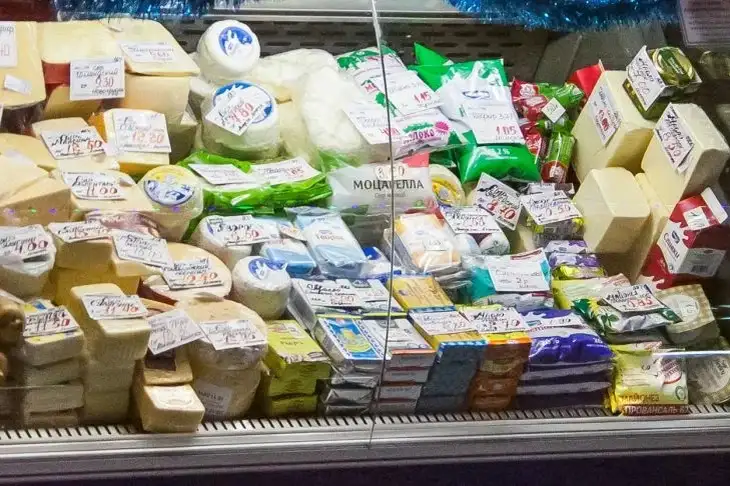If you notice vegetable fats in the composition of butter, it is better to refuse to buy such a product.
The use of this component in the production of butter is not permitted.
There are other signs by which you can recognize a low-quality product.

So, you should be alerted by the rancid smell coming from the oil, as well as the greasy taste that can be felt by trying a small piece. Such "features" directly indicate that during storage the oil has undergone oxidative damage and now contains fatty acid breakdown products.
Also, make sure there is no darker layer on the surface, or staff in the parlance of the professionals. This indicates that the oil is not safe to eat.
The frying pan test can help identify a low-quality product: when in contact with a hot surface, you should not see foam, hissing or splashing.
Finally, another sign of spoiled goods is uneven coloring. By the way, if you are confused by the bright yellow color of the oil, then, on the contrary, there is no need to worry - food coloring is often added to it.
This additive is allowed to be used, especially in winter, when the content of natural pigments in milk becomes lower.
For reference
Butter is a food product made by separating or churning cream obtained from cow's milk, and less commonly from the milk of other large and small cattle.
